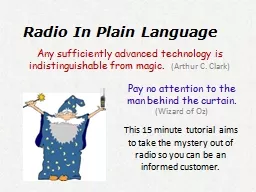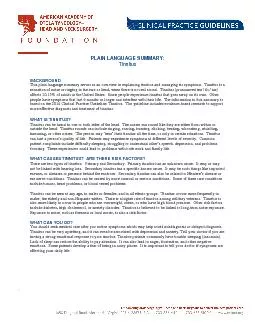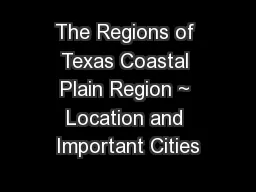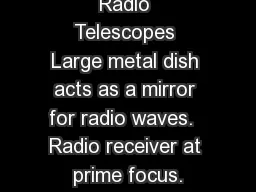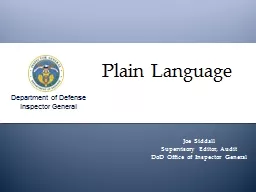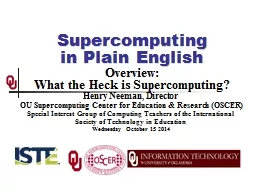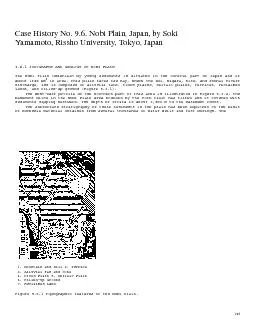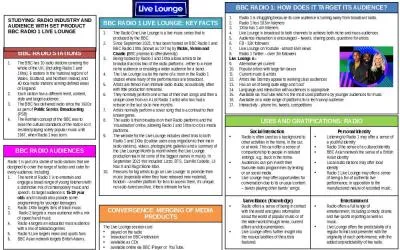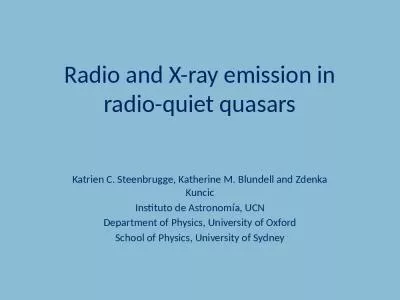PPT-Radio In Plain Language
Author : cheryl-pisano | Published Date : 2017-10-29
Any sufficiently advanced technology is indistinguishable from magic Arthur C Clark Pay no attention to the man behind the curtain Wizard of Oz This 15 minute
Presentation Embed Code
Download Presentation
Download Presentation The PPT/PDF document "Radio In Plain Language" is the property of its rightful owner. Permission is granted to download and print the materials on this website for personal, non-commercial use only, and to display it on your personal computer provided you do not modify the materials and that you retain all copyright notices contained in the materials. By downloading content from our website, you accept the terms of this agreement.
Radio In Plain Language: Transcript
Download Rules Of Document
"Radio In Plain Language"The content belongs to its owner. You may download and print it for personal use, without modification, and keep all copyright notices. By downloading, you agree to these terms.
Related Documents

